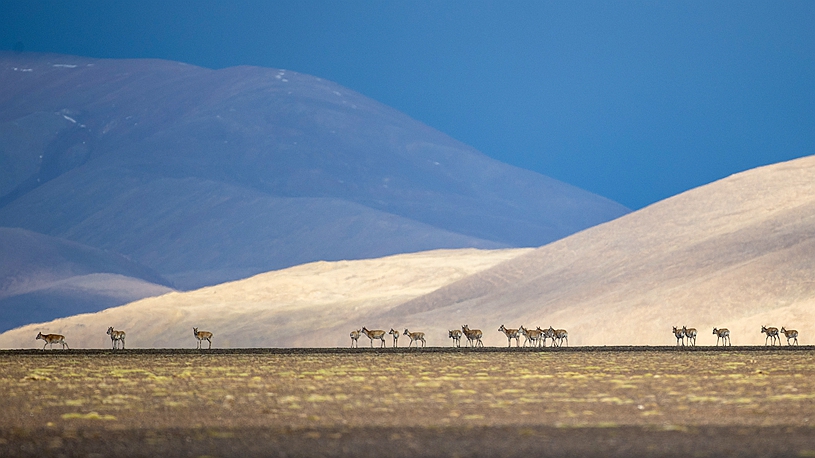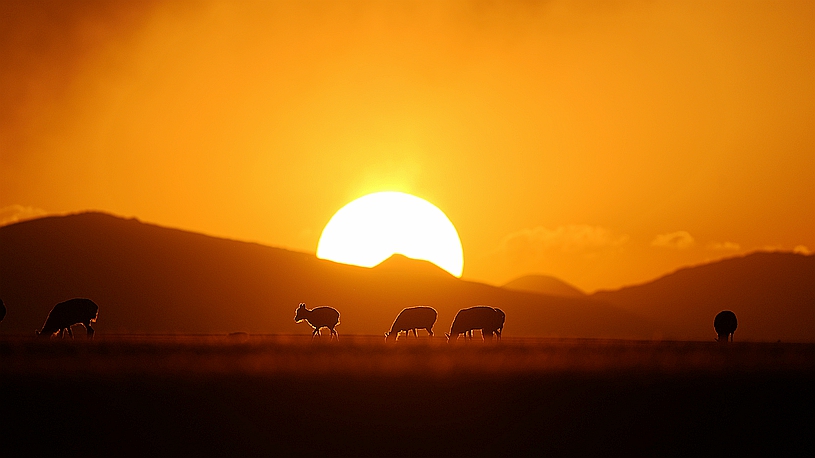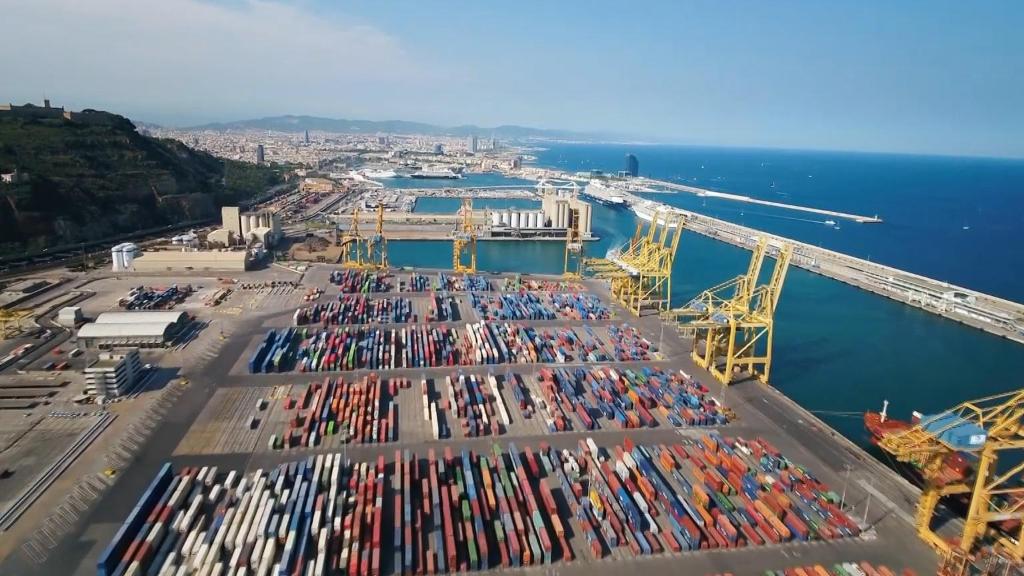Refugees living in the Kakuma refugee camp in northwest Kenya undertake agriculture, transform the dryland into a fertile zone.
KAKUMA, Kenya, June 21 (Xinhua) -- Deep in an expansive farm, Abdulaziz Lugazo makes the final touches as he weeds his vegetable crops that are blossoming with succulent green leaves.
The 42-year-old father of three is looking forward to another bumper harvest in the next few weeks, despite cultivating in one of Kenya's most arid zones.
The refugee from Somalia partnered with fellow displaced individuals to undertake agriculture in the Kakuma refugee camp in northwest Kenya.
Kakuma refugee camp is the country's second largest of its kind, hosting about 288,000 refugees from nine countries, including South Sudan, Ethiopia, Burundi and the Democratic Republic of the Congo (DRC).
Lugazo engaged in farming in his native Somalia before he fled to Kenya in 2000 in search of a safer haven far from civil strife.
He told Xinhua in an interview at his farm Wednesday that when he first arrived at the refugee camp, he worked as a security guard to augment the stipend given to refugees, however, he still faced difficulties in making ends meet, which led him to seek other opportunities.
"We were first allocated three acres (about 1.21 hectares) at Chora farm in 2015 as a test to see if agriculture could be successful in an arid zone," said Lugazo.
He noted that their land holdings were gradually increased to 25 acres after they were able to make the land productive despite being in a low rainfall region.
One of the reasons the refugees were able to transform the dryland into a fertile zone was the digging of shallow wells to irrigate the land.
"We found out that we only needed to dig about 15 feet (4.57 meters) underground to produce water that is sufficient to ensure the crops reach maturity," Lugazo said.
During the harvesting period, the farm is a beehive of activity as middlemen flock to the farm to purchase agricultural produce that finds a ready market in the refugee camps as well as surrounding urban settlements.
The Chora Farm specializes in the cultivation of horticultural crops such as traditional vegetables, which take less than two months to mature, ensuring farmers a steady income.
Nanduri Sateesh, the head of the United Nations High Commissioner for Refugees (UNHCR)-Kenya suboffice in Kakuma, said that refugees are encouraged to engage in agricultural activities because of their positive effect in increasing incomes as well as boosting food security.
Peter Ewesit Kaleng, a native of the Kakuma region, also cultivates on the piece of land that collectively hosts 120 farmers from the refugee community as well as the host communities.
According to Kaleng, the farm has shown that the dry land that pastoralists typically use to provide fodder for livestock can also be a source of cash crops with high demand. ■












